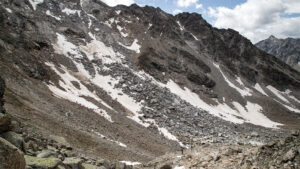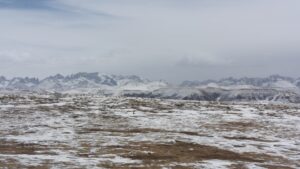Abstract/Description
The increasing popularity of outdoor sports like trail running and hiking presents both opportunities and challenges for mountain environments. Exploring how to balance recreational access with the need to conserve these fragile ecosystems is a high priority. While trail running races promote community engagement in outdoor activities, they also contribute to overcrowding and increased pressure on sensitive areas. In this context, the creation of certification schemes to evaluate the sustainability of mountain sports events is increasing. However, many of these tools lack a sustainability holistic approach, as they only focus on environmental impact, leaving behind the social and economic impact of the event. The Green Trail Concept (GTC) project is an ERASMUS+ initiative aimed to address these challenges by enhancing the management of trail running events through sustainable practices across social, economic, and environmental dimensions. This project aims to define a set of data-oriented criteria, based on a set of indicators, and a certification scheme to assess the impact of those events in natural and mountain environments. Moreover, we aim to establish specific guidelines to reduce the negative impact on protected areas and natural environments. This certification model not only evaluates the sustainability of events but also guides organizers toward more eco-friendly planning, raising awareness and fostering a culture of responsible trail management.


